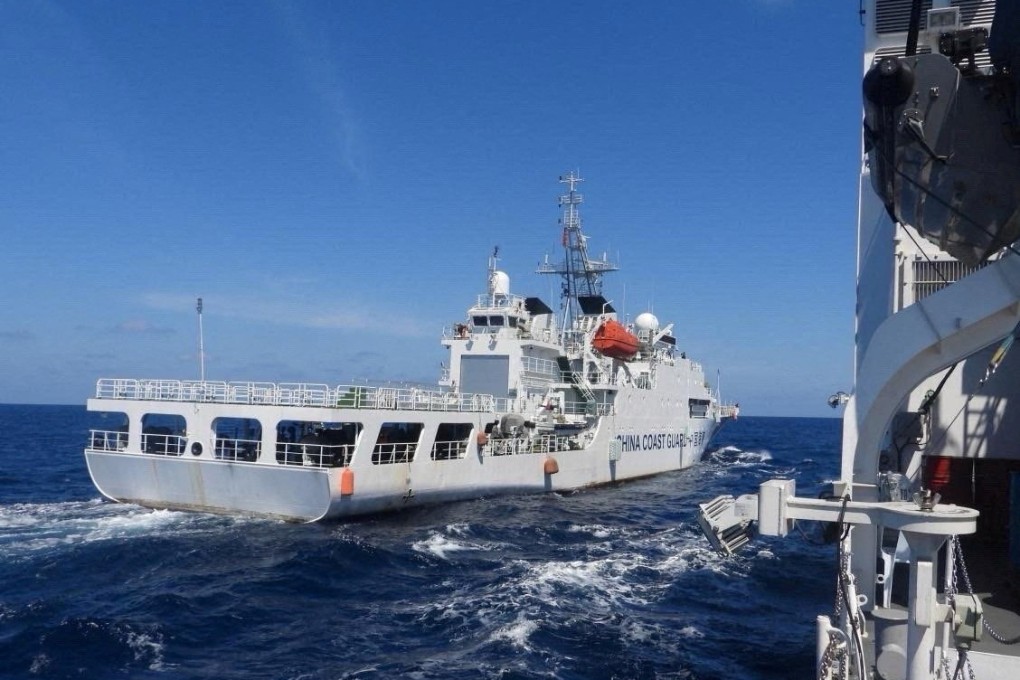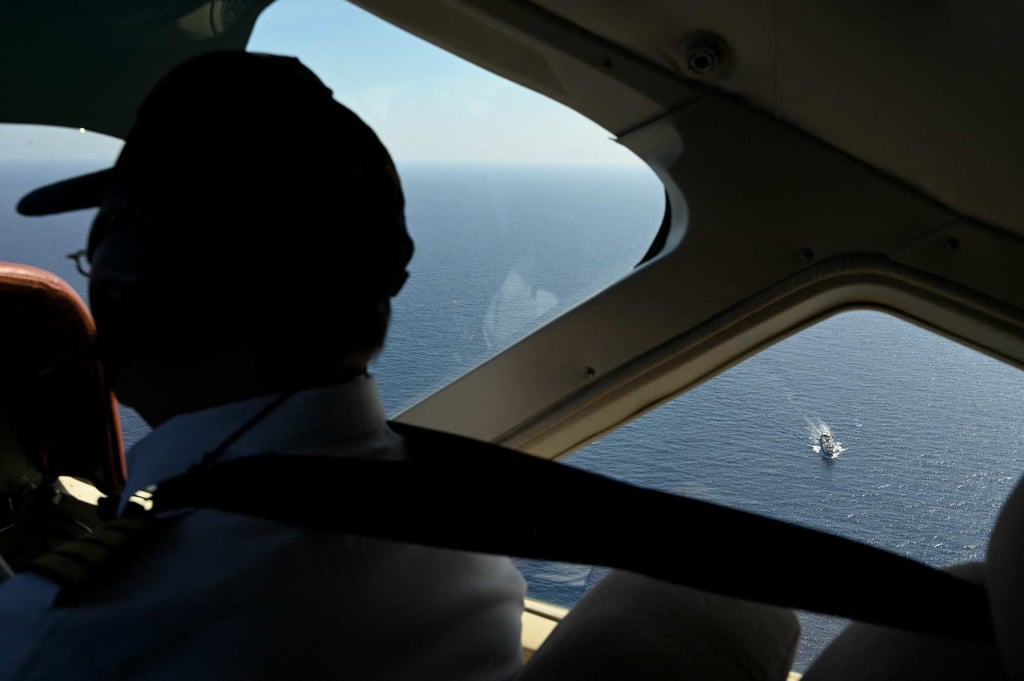Advertisement
How many submarines does the Philippines need to deter Beijing amid South China Sea row?
- Manila is perceived to be slow to adopt submarine deterrence compared with neighbouring states, due to its focus on ground troops
- Despite their cost, experts say even a few submarines will have an ‘outsized effect’ on the battlefield – with three being the ‘magic number’
Reading Time:4 minutes
Why you can trust SCMP
53

The Philippines should acquire at least three military submarines to ensure effective deterrence against China amid mounting maritime tensions between both countries, analysts have said, after Manila confirmed it would start buying such vessels.
While the numbers may be small compared to Beijing’s, experts say these vessels play an “outsized effect” on the battlefield, as they can put other countries’ surface warships at risk and even alter an adversary’s naval strategy.
Manila is perceived to be slow to adopt submarine deterrence compared with other littoral states in Southeast Asia, due to its focus on ground troops.
Advertisement
Earlier this month, Philippine President Ferdinand Marcos Jnr approved the third phase of the military’s modernisation, which includes the purchase of the country’s first submarine, to defend its maritime sovereignty in the disputed South China Sea.

While Roy Trinidad, navy spokesman for the West Philippine Sea, did not say how many submarines Manila intended to acquire, he indicated that “definitely more than one” would be bought.
Advertisement
Advertisement
Select Voice
Choose your listening speed
Get through articles 2x faster
1.25x
250 WPM
Slow
Average
Fast
1.25x